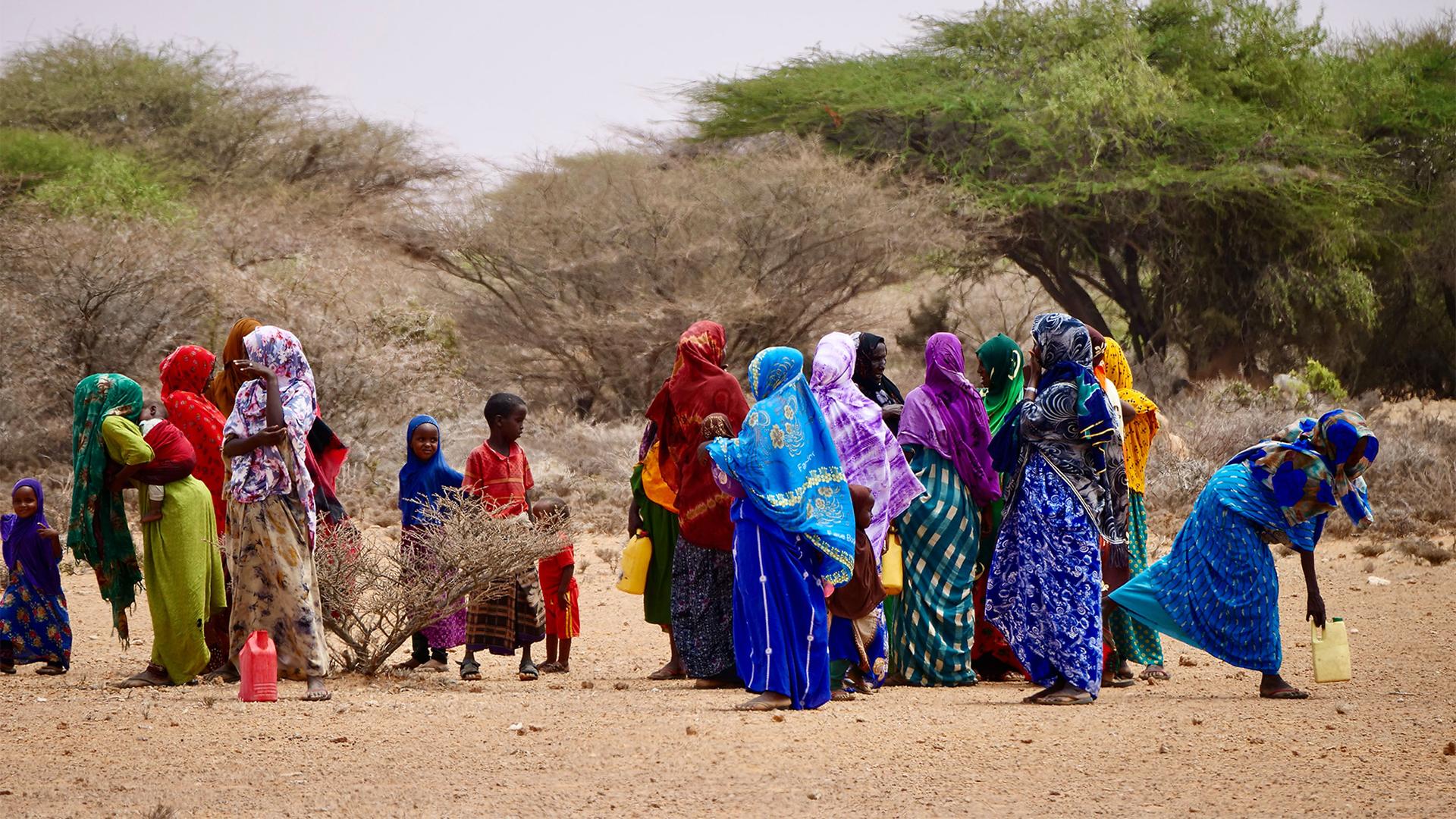On the way to Kureyson village in Galkayo, Somalia, camels trudge slowly on the roadside, searching for food and water amid a bleak landscape of dried-out shrubs and trees.
“During the rainy season this area usually becomes very green,” said Shafi Abdichama, the deputy chairman of the village.
“The last time we received rain was almost two years ago.”
“But the last time we received rain was almost two years ago,” he added.
The effects of the worst drought to hit the Horn of Africa in 40 years are visible — the bones of starved animals litter the ground — a major blow to people who rely on rearing livestock for their way of life.
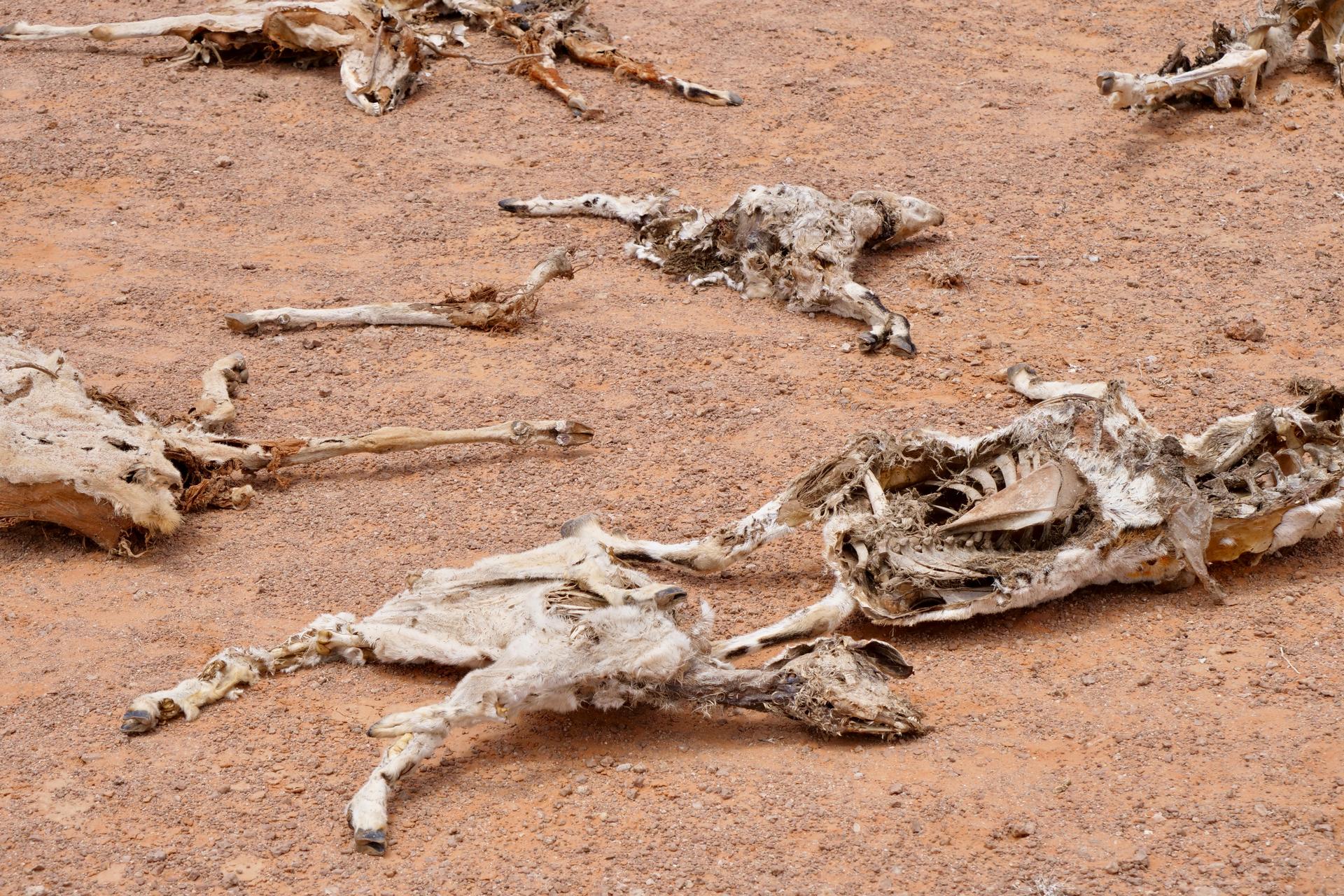
Abdichama explained how people in the village used to store rainwater in underground reservoirs called berkad, to help tide them through dry spells. But that’s no longer an option.
“They are all dried up,” Abdichama said.
Related: Fears of famine grow amid worst drought in Somalia in decades
He explained that 65% of his livestock have perished.
“People are leaving this village because of the drought,” he said, estimating that about 20% have left so far. They’ve gone to nearby towns or camps for internally displaced people in search of assistance.
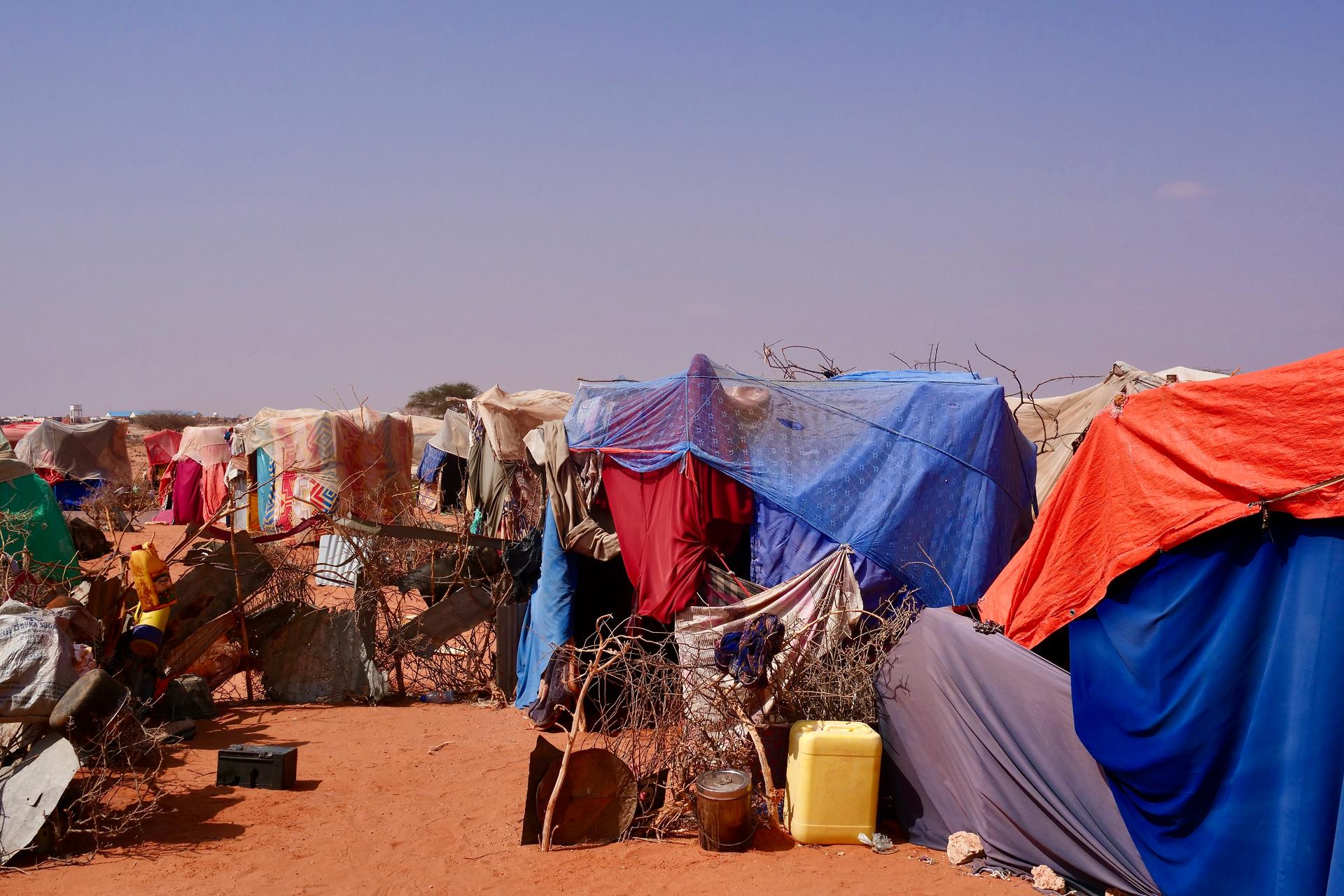
But life isn’t much better there either, due to a lack of funding for humanitarian assistance.
“We only eat once a day, in the morning. Whatever God gives us.”
“We only eat once a day, in the morning,” said Fatuma Ahmed, a recent arrival to a nearby IDP camp. “Whatever God gives us,” which might mean some porridge, bread or tea.
Even if the anticipated April rains finally come and the drought ends, Ahmed says she can’t imagine going back home.
“There’s nothing left for me there,” she said.
Related: UN court favors Somalia in maritime border dispute judgment
With that decision, Ahmed joins more than half a million people who are uprooting their lives across Somalia because of the drought.
“We need to accept that people can’t stay in their communities if they don’t have food, if they don’t have water,” said Angela Kearney, a UNICEF representative in Somalia.
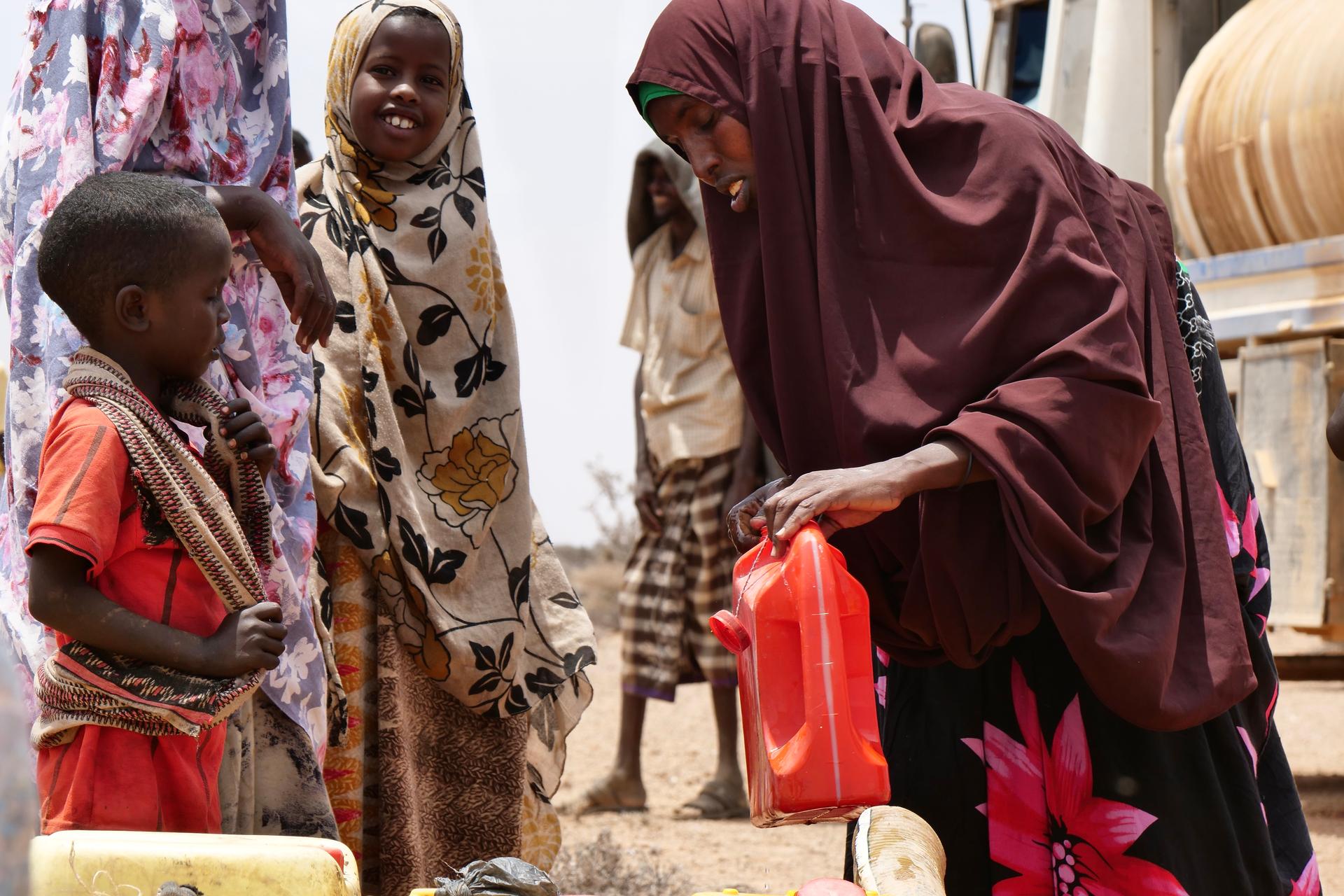
“The earlier we intervene and bring in water and bring in nutrition and bring in health care, bring in education, look at [a] reduction of violence, the earlier we do it, the better the outcome,” she said, citing lessons learned from Somalia’s 2011 drought — which led to a famine that killed an estimated 200,000 people.
Drought in Somalia isn’t new. But the prolonged nature and increasing frequency of drought has meant that even communities with strategies in place to deal don’t get a chance to recover their livelihoods, crops and livestock before the next one hits.
“Over the past 20 years, the rate of droughts and floods in Somalia has increased three-fold.”
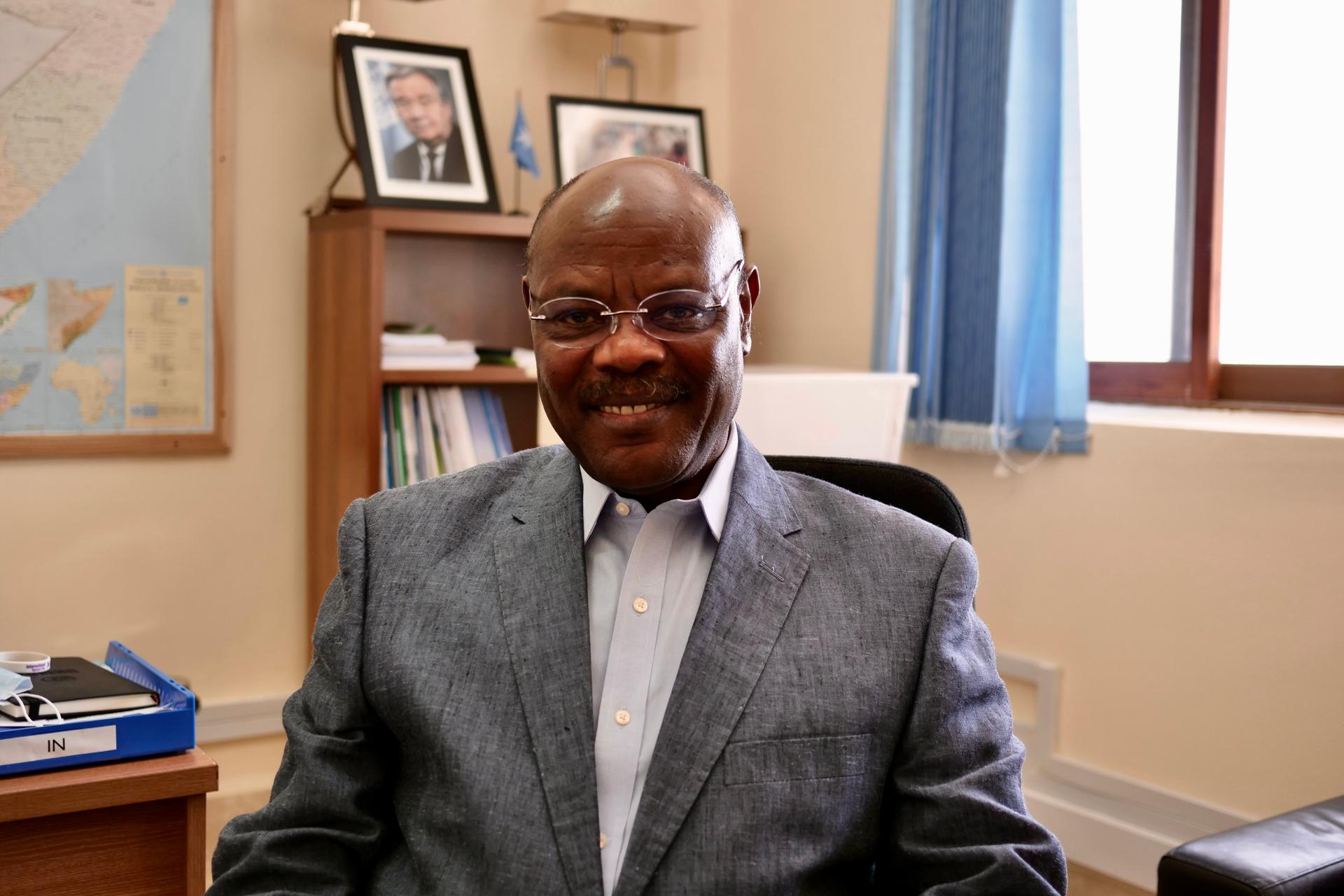
He pointed to a complex web of factors, including intensifying climate change and environmental degradation.
Somalia has lost an estimated 20% of its forests in the past 20 years.
Temperatures in Somalia and the Horn of Africa region are also warming above the global average. That could make parts of the region uninhabitable in the future.
“There is talk that if global temperatures exceed 1.5 degrees [Celsius] then climate change becomes irreversible,” Abdelmoula said. “For me, it’s already irreversible in places like Somalia.”
He expressed concerns about the international community not taking this problem seriously enough, but also noted donor fatigue when it comes to Somalia.
For decades, the country has grappled with political instability and terrorism — both of which have made addressing humanitarian problems difficult, and sometimes deadly.
Related: This refugee’s academic success in the US comes with plenty of complications — and joy
“They are investing in other places, and Somalia has been pushed to the backburner,” Abdelmoula said, citing the humanitarian crisis in Ukraine and Ethiopia.
“The world ignores Somalia at its own peril, because when that happened in the past, we have seen the rise of terrorism, piracy, mass migration, mass disease and starvation,” he warned.
The UN is now experiencing a major funding gap – it’s raised less than 4% of the billions of dollars it said is needed to provide humanitarian aid to those impacted by the drought, and to avert a famine.
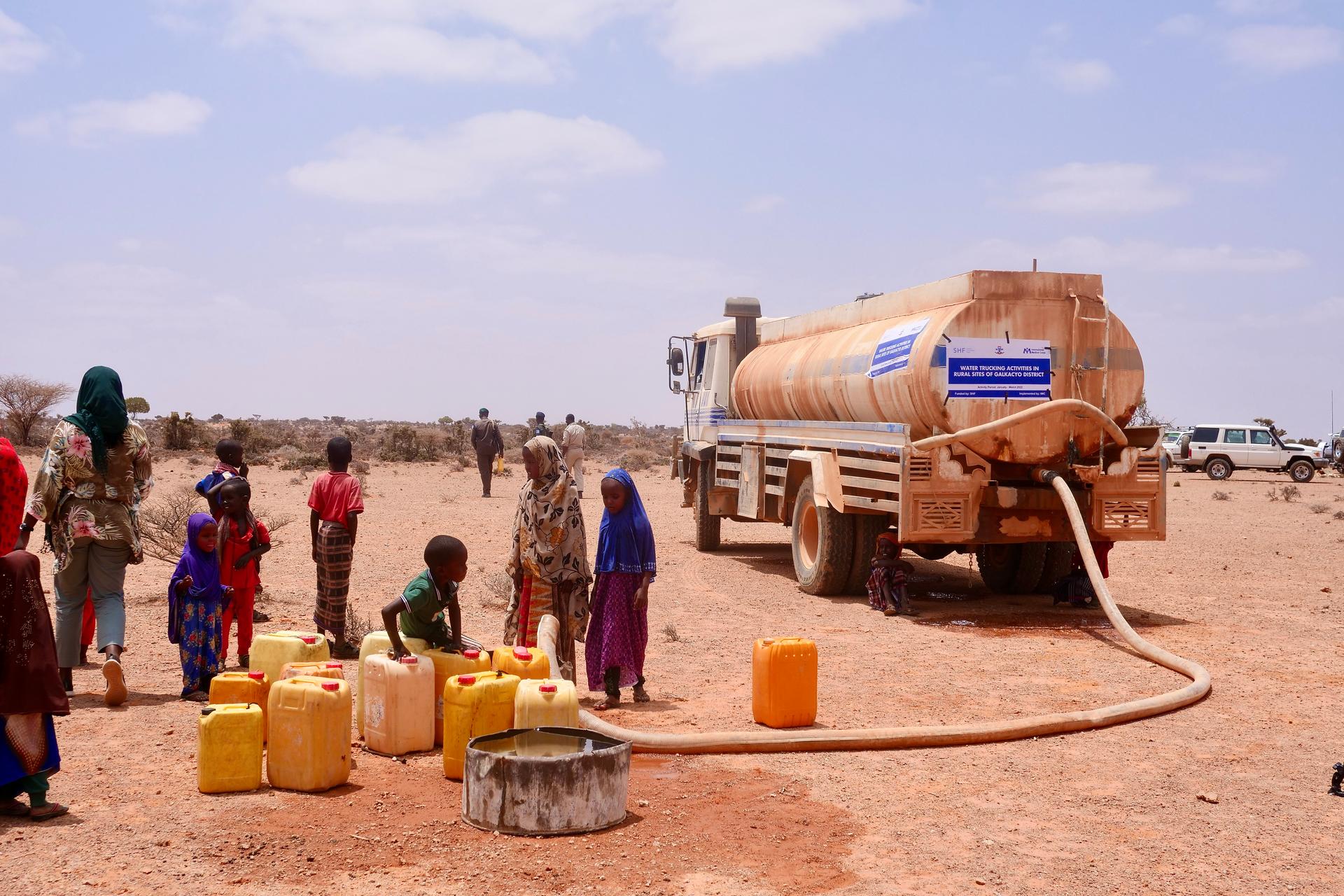
But in the long run, Abdelmoula argued that humanitarian aid is not enough to address the long-term impacts of climate change in places like Somalia.
“All that we keep doing is scale up humanitarian interventions that are just putting a Band-Aid on a disease that needs a more radical cure, and that cure is heavy investment in climate adaptation,” he said.
During the global climate conference in Glasgow last year, climate financing was a frequent topic raised by African countries.
In the case of Somalia, Abdelmoula said climate adaptation could come in the form of skills-building for pastoralists and farmers pushed to move to towns and cities due to the drought — and development for rapidly growing urban areas.
For 28-year-old herder Burhan Abdichana, questions about what the future holds for him weighs heavily on him.
He takes care of his remaining goats and sheep with the reality that his herd has dwindled from around 400 to just 35.
Related: Massive sinkholes appear in farmers’ fields in central Turkey due to climate change and drought
“I’m almost out of livestock. So, I’m not sure I can continue depending on life as a pastoralist,” he said.
His hopes are now pinned on sufficient rainfall in the coming months, and assistance through a livestock restocking program, something he is yet to receive.
Below-average rainfall is expected this month, but it’s unlikely to end the ongoing drought.
“I’m stressed about what to do next. Raising animals is all I know how to do…”
“I’m stressed about what to do next,” Abdichana said. “Raising animals is all I know how to do,” he added. “I don’t have any other skills.”
